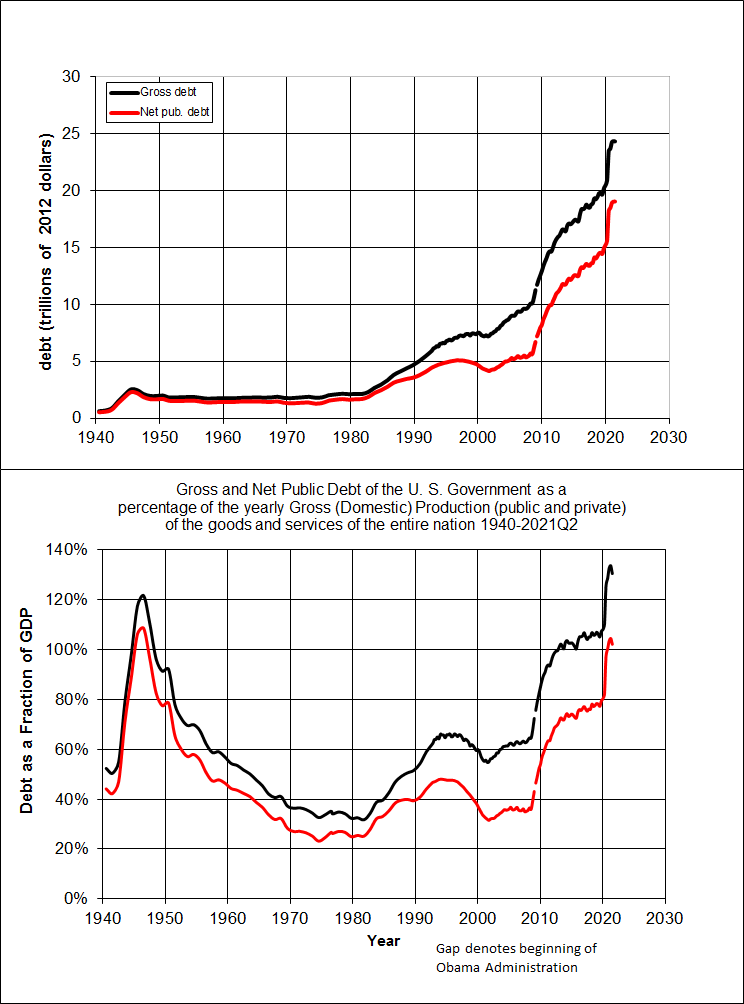We have already established the fact that China holds large amounts of US$. This is infact due to the need to peg its currency low and absorb US$ to print Yuan. Now,since it holds such large amounts of US$, it has to invest them in the safest possible assets. US Treasury offers the safest investments and in-turn borrows from around the world to fund its debt. Hence, in the last post we learnt about this entire circle.
What if China decides not to invest in US$ and fund US debt? What if China decides not to print any more Yuan and stop absorbing excess US$? Is this decision entirely in the hands of the Chinese? Well not entirely!
Let us analyze what happens if China decides not to fund US debt -
1)Slowdown in Chinese exports if buying US Treasury stops: Cheap funding for US vanishes. Due to this when US goes to borrow for its debt, the cost of loan (interest rate) will go higher as a major lender is no more willing to lend. This will increase the cost of loans within US, between banks and between banks and individuals. The flow of "credit" will get tighter. US corporations and individuals will have lesser access to cheap money which they had earlier. Hence, their capacity to buy cheap chinese goods will reduce. And ultimately, Chinese exports will slow down. This is a situation China does not want!
2)Appreciation in Yuan, Depreciation in US$: We know that inorder to peg its currency at artificial low levels, China sucks the excess US$ from its trade surplus and prints Yuan. This keeps US$ in demand. If China decides to reduce this activity or perhaps stop it eventually, the repercussions would be tremendous.
Clearly, as China stops buying US$ in huge quantities (in the order of its trade surplus, which runs into hundreds of billions of dollars) the overall global demand for US$ drops. Simultaneously, since the supply of excess Yuan is stopped simultaneously, the demand for Yuan equally rises. Hence, the US$ depreciates due to failing demand Yuan rises on high demand.
Now, on the whole it might look good for China as its currency appreciates. But a closer look will reveal that China is losing doubly due to this. Firstly, as Yuan appreciates, one dollar yields lesser amount of Yuan and hence, the same amount of US$ earned by China yields lesser domestic currency back home.Hence, export income reduces and domestic costs increase.
Secondly, we know (as of now) China holds around $800 billion - 1000 billion in US treasury alone, leaving aside other US investments. Since US$ would depreciate due to the above action, the value of its US treasury and other investments would directly diminish. Even if there is a 5% decline in US$, it could result in $40-50 billion dollar loss.
Analyzing an even worse but quite realistic scenario, if US loses its biggest lender, it would find difficult to raise big amount for its debt. Due to this the cost of loans would increase for US. This could make it difficult to repay older loans. This is because, US has taken trillions of dollars of loans from the world and the interest payments of those loans alone runs into billions.This year 2011, US paid around $450-500 Billion as interest on its loans.
So US takes more loans to repay interest and principle of older loans. This is the vicious cycle and once started it becomes extremely difficult to get out of it. Imagine an individual having a $1000 loan from a bank. Should he be allowed to take another loan of $1000 to service his first loan to the bank? Ofcourse not and in most cases he isn't allowed to take another loan. But governments are allowed to take such loans because they are deemed to be responsible and more credible.
Now, if China stops buying US debt, US could no longer easily take more loans to repay its previous loans. In that case US could default! However unrealistic this might sound, it is quite possible in the foreseeable future!!!
If US defaults it would trigger an armageddon globally which will be as catastrophic as the word armageddon! Both these actions are detrimental to China and hence it is not viable to change its policy drastically.
It has to slowly and carefully unwind this vicious circle and make sure it does not reach to any of these extremities.
How it plans to unwind this circle will be discussed in the next post ! Your comments are welcome.
Hence the policy change has the potential of reaching two very negative states.
It has to slowly and carefully unwind this vicious circle and make sure it does not reach to any of these extremities.
How it plans to unwind this circle will be discussed in the next post ! Your comments are welcome.




